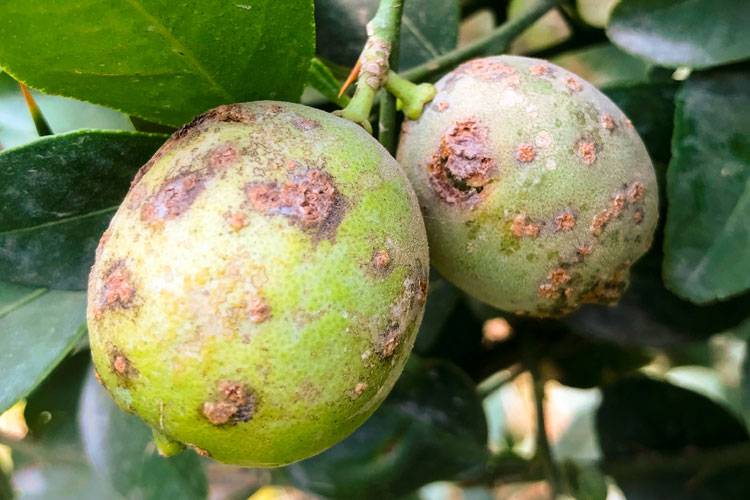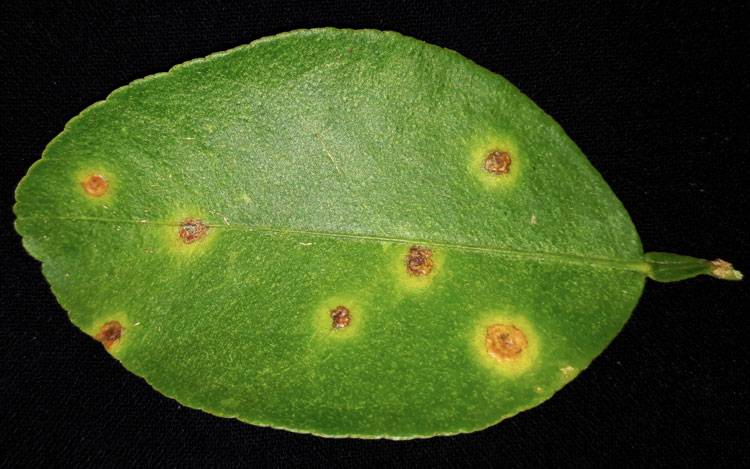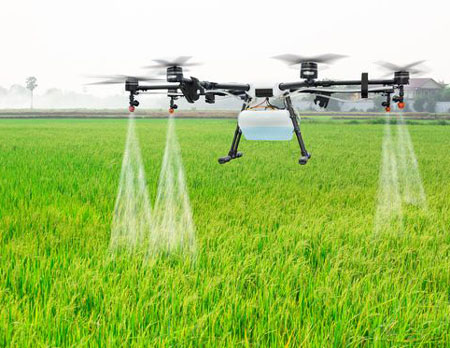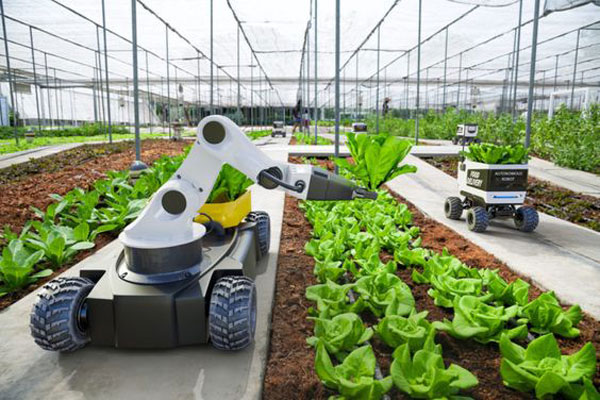Lime
Citrus Canker

Xanthomonas citri pv. citri
Bacterial Disease

Xanthomonas citri pv. citri
Bacterial Disease

Xanthomonas citri pv. citri
Bacterial Disease

Xanthomonas citri pv. citri
Bacterial Disease
Citrus Canker: A Persistent Threat to Citrus Cultivation
Citrus canker, caused by the bacterial pathogen Xanthomonas citri pv. citri, is a highly destructive disease affecting citrus crops worldwide. It poses a major threat through reduced fruit yield, blemished produce, and trade restrictions, leading to significant economic losses. Though some regions have eradicated it, it continues to resurface due to favorable environmental conditions and inadvertent spread.
Pathogen Details
-
Causal bacterium: Xanthomonas citri pv. citri (Gram-negative, rod-shaped, motile by a single flagellum).
-
Known for biofilm formation and secretion systems aiding in survival and infection.
-
Can remain latent for years in absence of favorable conditions.
Disease Symptoms
-
Lesions on leaves, twigs, and fruits: start as small, raised yellow eruptions.
-
Lesions enlarge over time and develop brown, crater-like centers surrounded by yellow halos.
-
Infected fruits drop prematurely; leaves defoliate.
-
Lesions can remain active for long periods under wet and warm conditions.
Spread and Transmission
-
Local Spread: Splashing rainwater and overhead irrigation.
-
Long Distance Spread: Infected planting materials, equipment, and possibly fruit surfaces.
-
Windstorms: Typhoons and hurricanes can carry bacteria over 100m.
-
Insect Wounds: Insects like citrus leafminer can create entry points, though not primary vectors.
Environmental Conditions Favoring Disease
-
Temperature: Optimal between 28–30°C.
-
Humidity: High (80–90%) promotes bacterial survival.
-
Rainfall: Frequent rains accelerate spread via splash.
-
Wind: Aids long-distance dispersal during storms.
Disease Cycle and Latency
-
Infection mostly occurs during new flushes of growth in spring to autumn.
-
Young tissues (leaves, stems, fruits) are highly susceptible.
-
Latent phase: Pathogen can stay hidden and reappear during suitable weather.
-
Even after 10+ years of absence, re-emergence is possible.
Role of Fruit in Transmission
-
Fresh fruit with lesions can carry the bacterium.
-
Pre-washing and disinfection at packinghouses greatly reduce bacterial load.
-
Long-term storage and aging reduce bacterial viability.
Pathogen Survival Mechanisms
-
Forms biofilms for epiphytic survival.
-
Involves exopolysaccharides, flagella, and Type III secretion systems for infection.
-
Mutants with reduced biofilm or motility show reduced pathogenicity.
Management and Control Measures
-
Use disease-free planting material.
-
Apply copper-based bactericides where legal and effective.
-
Avoid overhead irrigation and limit leaf injuries.
-
Enforce quarantine and sanitation in nurseries.
-
Practice regular orchard inspection and rogueing of infected plants.
Key Takeaway
Citrus canker is highly persistent and difficult to eradicate once established. Prevention through strict hygiene, quarantine, and weather-based risk management is essential to protect citrus crops from devastating losses.
Source: CABI




